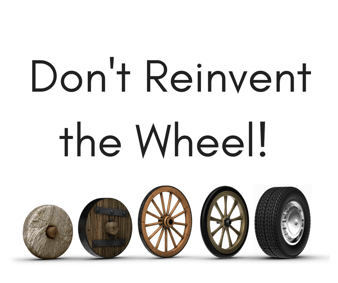When Holden Advisors started almost 2 decades ago, our practice was rooted in B2B pricing. Reed Holden, our founder, co-authored the book that became the industry’s standard academic and practical pricing reference.

It quickly became apparent that these B2B pricing frameworks were describing emerging market dynamics observed in tech, software, and alternative subscription-based delivery models. Over time, Holden’s partnerships evolved and we’ve since had the privilege to drive pricing, packaging, and go-to-market decisions for SaaS companies across many industries.
There are several key aspects of B2B pricing that impact SaaS pricing decisions. For practitioners and organizations launching or refining SaaS offerings, the following B2B tenets will help frame your pricing process and decision making.
- Value Research. Understanding your customer is the core of any pricing decision, regardless of industry or product type. What is it about your product(s) that makes a quantifiable difference for your customers? Holden Advisors triangulates this from a combination of internal and external sources. Internally; sales, customer experience, and product teams typically have the most established market connections. Externally, the gold standard is conducting depth interviews directly with your customers. Secondary market research then provides a supplementary perspective.
- Packaging. It’s likely that your value research will identify unique use cases dispersed among your customers. Product offerings should reflect these unique cohorts by distributing (or withholding) features into bundles that align and scale with the value delivered. SaaS offerings may have additional complexity. For example, with freemium versions, care must be taken to demonstrate value that trades short-term revenue for future growth potential, often placing additional value-added features behind a paywall to drive conversions from target segments. Get this wrong, and you risk leaving money on the table by under charging for your premium versions and/or over charging (and over delivering) to your mid-tier customers.
- Go-to-market. For SaaS companies, there is often a duality of self-service and B2B-like seller facilitated sales motions. While self-service has resource efficiencies for small organizations and lower-tier customer segments, in-depth conversations are often needed to enable larger, more complex sales. Custom offerings, variable contract terms, and negotiated prices become a major top-line component of growing tech businesses. A capable sales team that understands and communicates your value will increase your price realization while protecting margins.
- Pricing infrastructure. B2B companies, especially SaaS, must carefully think through price implementation. Strong cross-functional relationships between finance, IT, billing, and CX are necessary to communicate and complete price changes. Furthermore, due to the relative ease of altering SaaS packaging, additional care must be taken to rationalize SKUs and manage “technical debt” of product variants in the market.
B2B-focused pricing teams often have the inherent capability to manage SaaS offerings, and can typically apply their foundational frameworks to this new market reality. Emerging and established SaaS companies are blending cutting edge technology with proven pricing frameworks to thrive in an increasingly competitive marketplace. Get in touch to learn more about Holden’s experience partnering with organizations to empower SaaS solutions.
Would you like to learn how to make salespeople champions of your B2B pricing strategy? If so, click below to download our whitepaper.

.jpg)
